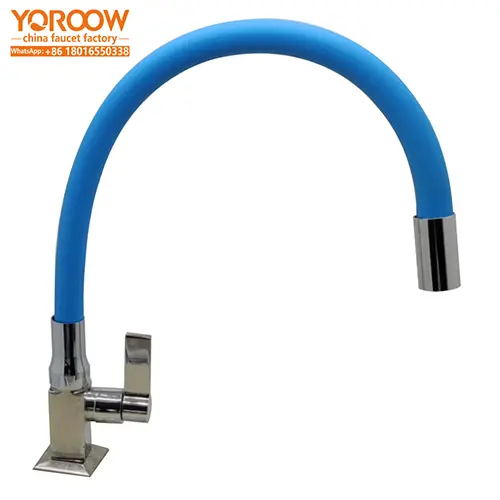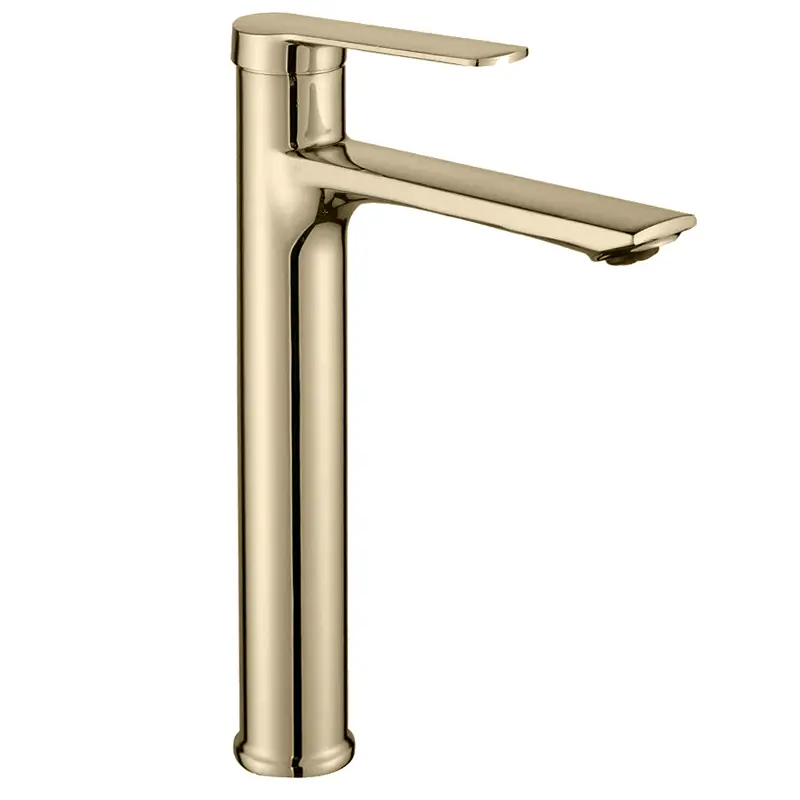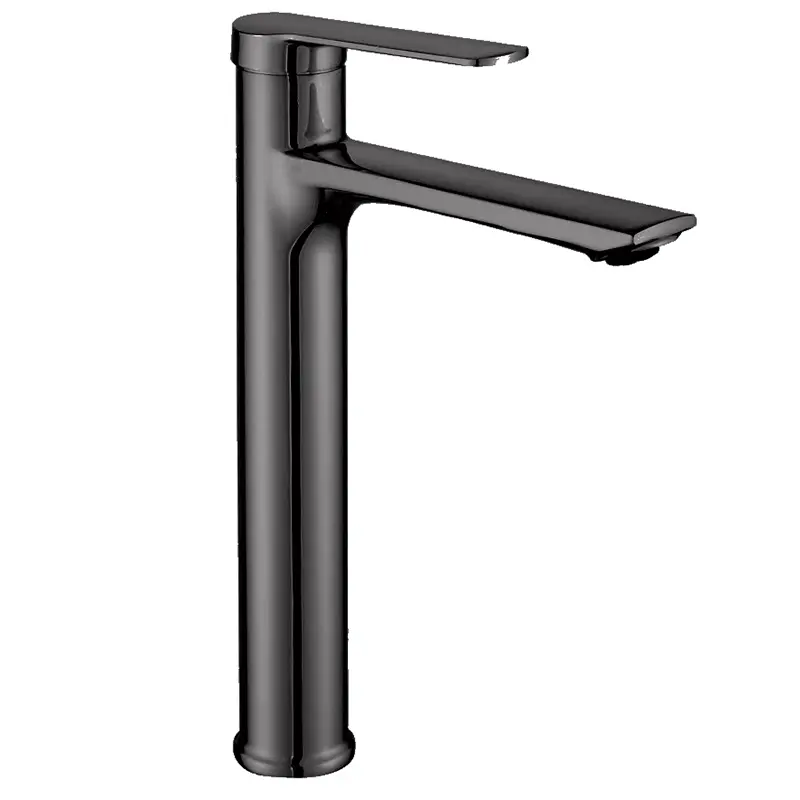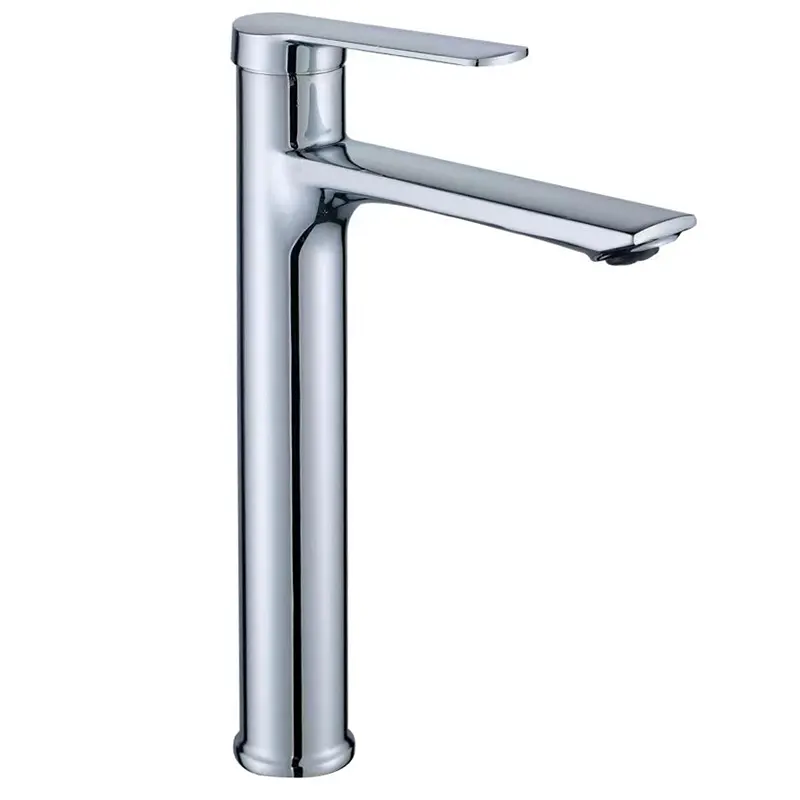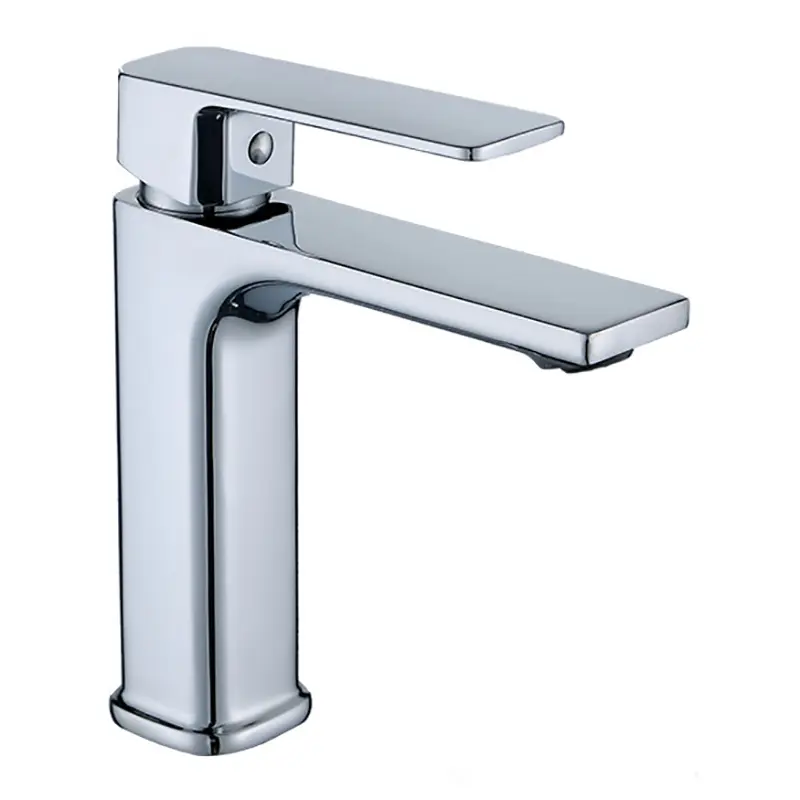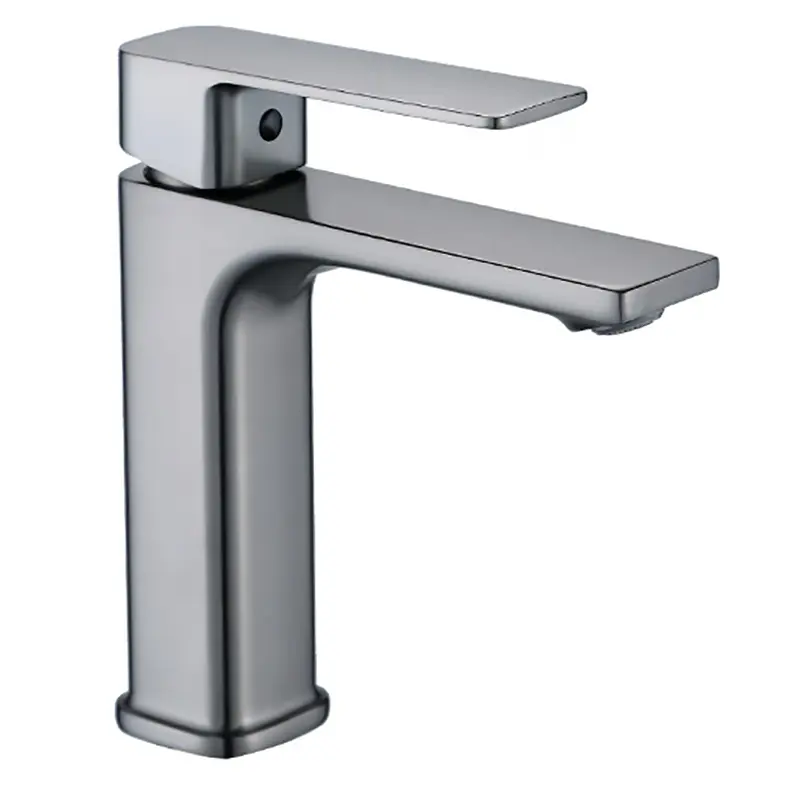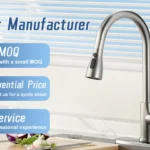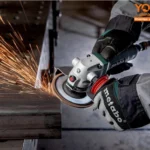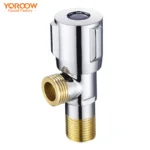As the core equipment for daily water use in the kitchen, kitchen copper taps, with the excellent thermal conductivity and plasticity of copper material, can not only supply water stably but also achieve precise water temperature control, making them suitable for various kitchen environments. After special process treatment, a dense protective layer is formed on their surface, significantly enhancing corrosion resistance and oxidation resistance. Even after long – term use, they can always maintain their metallic luster. Relying on mature production technology and strict quality control systems, Usines de robinetterie chinoises produce kitchen copper taps with a wide variety of styles and complete sizes. Whether it is a simple and modern open – plan kitchen or a traditional kitchen full of classic charm, there are products that can perfectly match. Standardized installation is the key to giving full play to their performance. The following is a detailed installation guide for you.
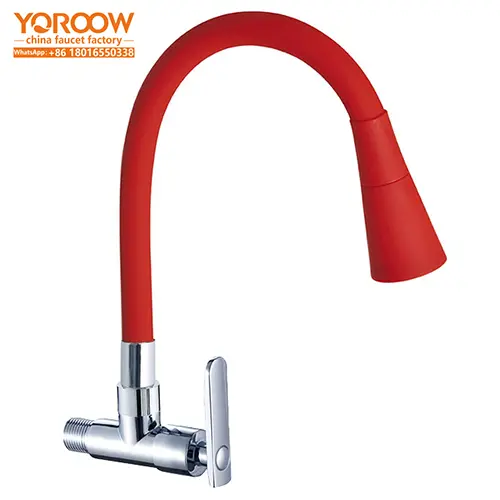
(I) Précautions à prendre avant l'installation du produit
Before installing a kitchen copper tap, thorough preparations are essential. First, carefully measure the relevant parameters of the pre – drilled holes in the sink or countertop. Common installation types include single – hole, double – hole, and three – hole, and different installation types correspond to taps of different specifications. The diameter and spacing of the holes need to be measured accurately to ensure a perfect fit between the tap and the installation position. Second, confirm whether the size of the home water pipe interface matches the specification of the tap’s inlet pipe interface. The common interface specifications on the market are 4 – point and 6 – point, and inconsistent specifications will prevent normal installation. In addition, be sure to carefully read the instruction manual attached to the product by Chinese faucet factories, thoroughly understand the product structure, installation requirements, and precautions, especially the installation key points of some specially designed components. Familiarizing yourself with this content in advance can save time and reduce troubles during subsequent installation.
(II) Outils d'installation nécessaires
As the saying goes, “If you want to do a good job, you must first sharpen your tools.” Preparing the right installation tools can make the installation process more efficient. The following tools are required for installing kitchen copper taps:
- Wrenches: Including adjustable wrenches and pipe wrenches. The adjustable wrench can flexibly adjust the opening size and is suitable for nuts of different sizes; the pipe wrench is used to tighten the water pipe connections, and its special bite design can provide greater torque.
- Tournevis: Prepare cross – head or flat – head screwdrivers according to the type of tap fixing screws, which are used to remove and install decorative covers, fixing frames, and other components.
- PTFE Tape: The white polytetrafluoroethylene PTFE tape is an important material to ensure the sealing of water pipe connections, effectively preventing leakage and is essential for installation.
- Tape Measure: Used to accurately measure the installation size, ensuring that the tap is installed in the precise position and avoiding any deviation that may affect its use.
- Basin or Bucket: Placed under the sink, it is used to catch the remaining water during installation, keeping the work area clean and preventing water from splashing around.
- Rubber Gloves: During the installation process, there may be contact with sharp metal parts or the use of tools. Wearing rubber gloves can effectively protect your hands from scratches or bumps.
(III) Étapes de préparation avant l'installation
Before starting the formal installation, make full preparations according to the following steps:
- Turn off the main water valve at home. This is a crucial safety step in the installation process, preventing water from spraying out during installation, which may cause unnecessary trouble or even safety accidents.
- Thoroughly clean the installation area of the sink and countertop with a damp cloth, removing dust, oil stains, and debris to ensure that the installation surface is clean and flat, providing good conditions for tap installation.
- Take out all components of the kitchen copper tap from the packaging and check them one by one against the instruction manual to ensure that the main body, inlet pipes, gaskets, nuts, aerators, and other components are complete and undamaged. If any missing or damaged components are found, immediately contact the after – sales department of Chinese faucet factories to apply for replacement or replenishment to avoid delaying the installation progress.
- Carefully inspect the home water pipe interface. If there is rust, debris blockage, or other situations, use sandpaper for grinding or special cleaning tools for treatment to restore the interface to a clean and flat state, ensuring a tight connection.
(IV) Processus d'installation standard
- Connect the Inlet Pipes: Wrap the PTFE tape tightly around the interface of the tap’s inlet pipe in a clockwise direction, usually 5 – 8 turns. Ensure that the winding is even and wrinkle – free to achieve a good sealing effect. Then, align the inlet pipe with the corresponding cold water pipe interface at home, initially tighten it by hand, and then use a wrench to tighten it moderately. Pay attention to the force during tightening to avoid deforming or cracking the water pipe interface due to excessive force. Generally, it should be tightened until it feels firm without damaging the pipe fittings.
- Fix the Tap: Pass the main body of the tap through the pre – drilled hole of the sink or countertop, and place the rubber gasket and metal nut in sequence from below. The rubber gasket can play a role in sealing and shock absorption, preventing water leakage and reducing vibration noise during use. Use a wrench to gradually tighten the nut in a diagonal order, which can make the tap receive uniform force, ensuring a firm installation without shaking. During the tightening process, continuously adjust the angle of the tap to make it in the most convenient position for use.
- Install Accessories: If the tap is equipped with an aerator, first wrap a small amount of PTFE tape around its thread and then screw it clockwise into the tap’s water outlet, tightening it until there is no leakage. For taps with a spray head, connect the spray head hose according to the instructions. When connecting, ensure that the interface is firm and the hose moves smoothly, avoiding twisting or folding that may affect use.
(V) Essais d'utilisation et inspection Points clés
After the installation is completed, do not put it into use immediately. A comprehensive test and inspection are required:
- Slowly open the main water valve at home and carefully observe whether there is any water leakage at all parts of the tap. Focus on checking the connections of the inlet pipes, the contact area between the tap base and the sink, and the attachment connection points. If there is slight water seepage, you can tighten the relevant parts appropriately; if the leakage is severe, turn off the water valve, re – check the PTFE tape winding or whether the components are installed correctly, and reinstall if necessary.
- Open and close the tap switch multiple times to test whether its opening and closing are smooth and feel the operating touch. At the same time, observe whether the water flow is stable and uniform, without any fluctuations or interruptions. For taps with a rotation function, also check whether their rotation is flexible and can meet the water – using needs at different angles.
- Check whether the installation height and position of the tap are appropriate and convenient to use. If the height or angle is not ideal, minor adjustments can be made on the premise of ensuring a firm installation.
(VI) Problèmes d'installation courants et solutions
- Leakage at the Water Pipe Connection: Leakage at the water pipe connection is a common problem during installation, mostly caused by insufficient winding of the PTFE tape, incorrect winding direction, or loose nuts. The solution is to turn off the water valve, re – wrap the PTFE tape in a clockwise direction, ensure sufficient and even winding, and then use a wrench to tighten the nut again until the leakage stops.
- Loose Tap: A loose tap may be due to a loose nut or improper placement of the gasket, resulting in uneven force. In this case, readjust the position of the gasket and use a wrench to further tighten the nut. If the nut is already tightened but the tap is still loose, consider replacing it with a larger – sized nut or increasing the number of gaskets to enhance the fixing effect.
- Small or Unstable Water Flow: If the water flow is small or unstable, it may be due to a blocked aerator or impurities inside the inlet pipe. For a blocked aerator, remove it and rinse it with clean water, or use a thin needle and other tools to clean the internal blockages. If the inlet pipe is suspected to be blocked, special pipeline dredging tools are required for cleaning.
(VII) Conseils de sécurité et suggestions d'entretien
- Safety Tips: Throughout the entire installation process, make sure the water valve remains closed to prevent accidental water spraying that may cause personal injury or property damage. When using tools, concentrate and operate them in a standardized manner to avoid the tools slipping and causing injuries. If the installation involves high – altitude work, be sure to use a stable ladder and have someone assist to ensure work safety.
- Maintenance Suggestions: In daily use, regularly check all components of the tap for looseness, leakage, and other issues, and tighten and repair them in a timely manner once problems are found. Clean the aerator every once in a while to remove the accumulated scale and impurities inside and keep the water flow unobstructed. When cleaning the tap surface, avoid using sharp or rough cleaning tools to prevent scratching. You can use a soft cloth with a neutral cleaning agent for wiping and maintenance. If you encounter any problems during use, feel free to contact the professional after – sales team of Chinese faucet factories at any time, and they will provide you with timely and effective solutions.

Through the above detailed installation guide and practical suggestions, I believe you can successfully complete the installation of the kitchen copper tap. If you have any questions during the installation process, please feel free to contact us. Chinese faucet factories will wholeheartedly serve you and help you create a comfortable and convenient kitchen water – using environment.
